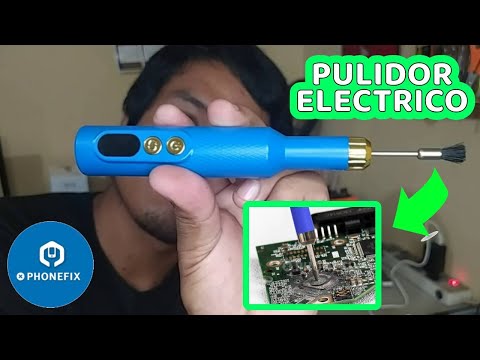
The objective is the first lens that light from the spcimen passes through, and is made to have a short focal length. The final lens is the eye piece, which further magnifies the image, and creates an image perceivable by the human eye.

The aperture of a microscope determines its resolving power. Resolution is the ability of a microscope to keep all specific details of the object intact in the image.

Light waves are chaotic; an incandescent light source emits light waves traveling in different paths and of varying wavelengths. Some of the lenses in a microscope bend these light waves into parallel paths, magnify and focus the light at the ocular.

Magnification is expressed in numeric multiples of how much enlargement occurs with a lens. If the magnification of a lens is 2X then it roughly doubles the size of the image of the object.
 Light microscope can be found in schools, hospitals, and research centers and so on. China Phonefix Co.ltd offers a wide variety of microscopes, including digital microscopes, stereo microscopes, portable microscopes, which can be used for mobile phone repair, jewelry identification, scientific research, composition analysis, children science teaching.
Light microscope can be found in schools, hospitals, and research centers and so on. China Phonefix Co.ltd offers a wide variety of microscopes, including digital microscopes, stereo microscopes, portable microscopes, which can be used for mobile phone repair, jewelry identification, scientific research, composition analysis, children science teaching.











